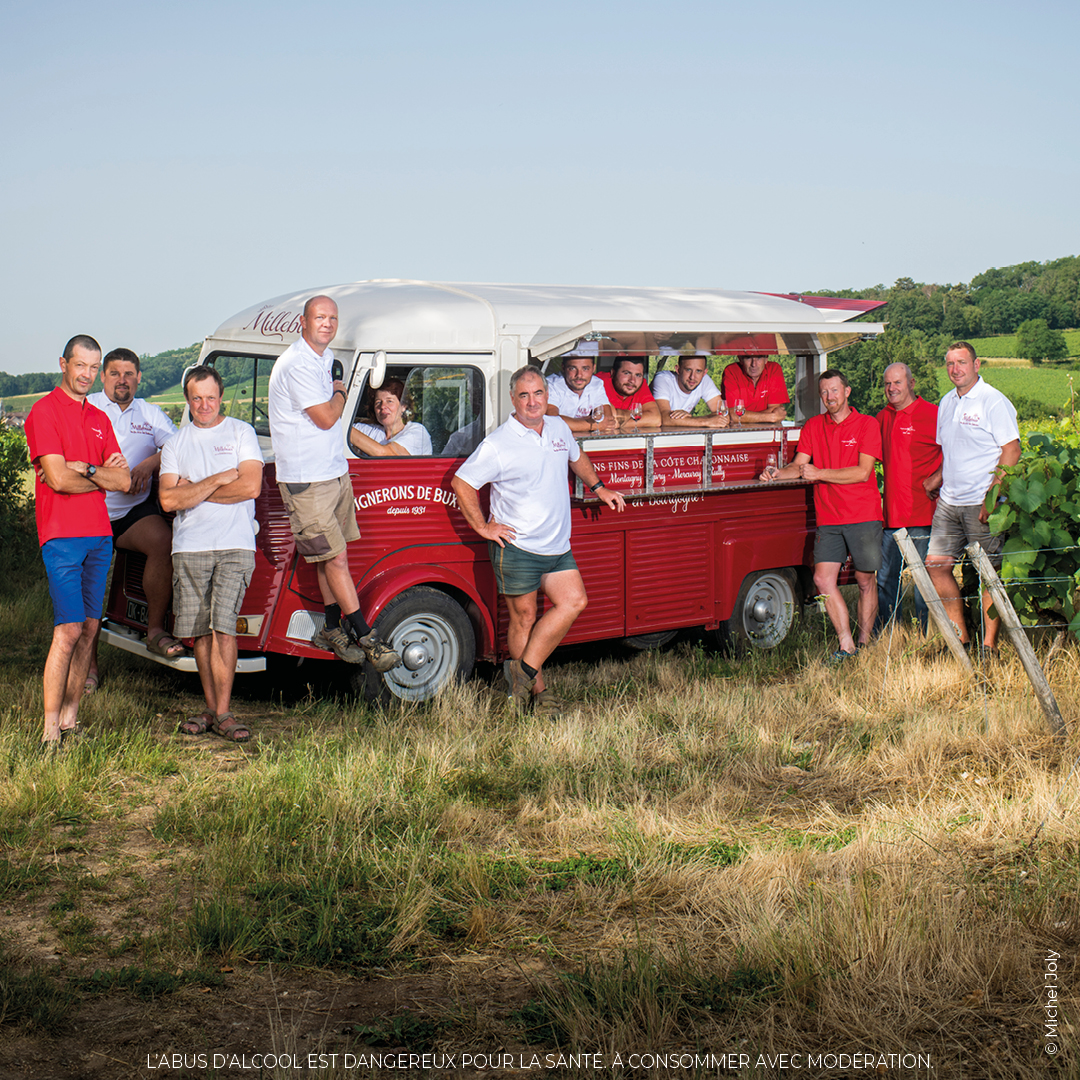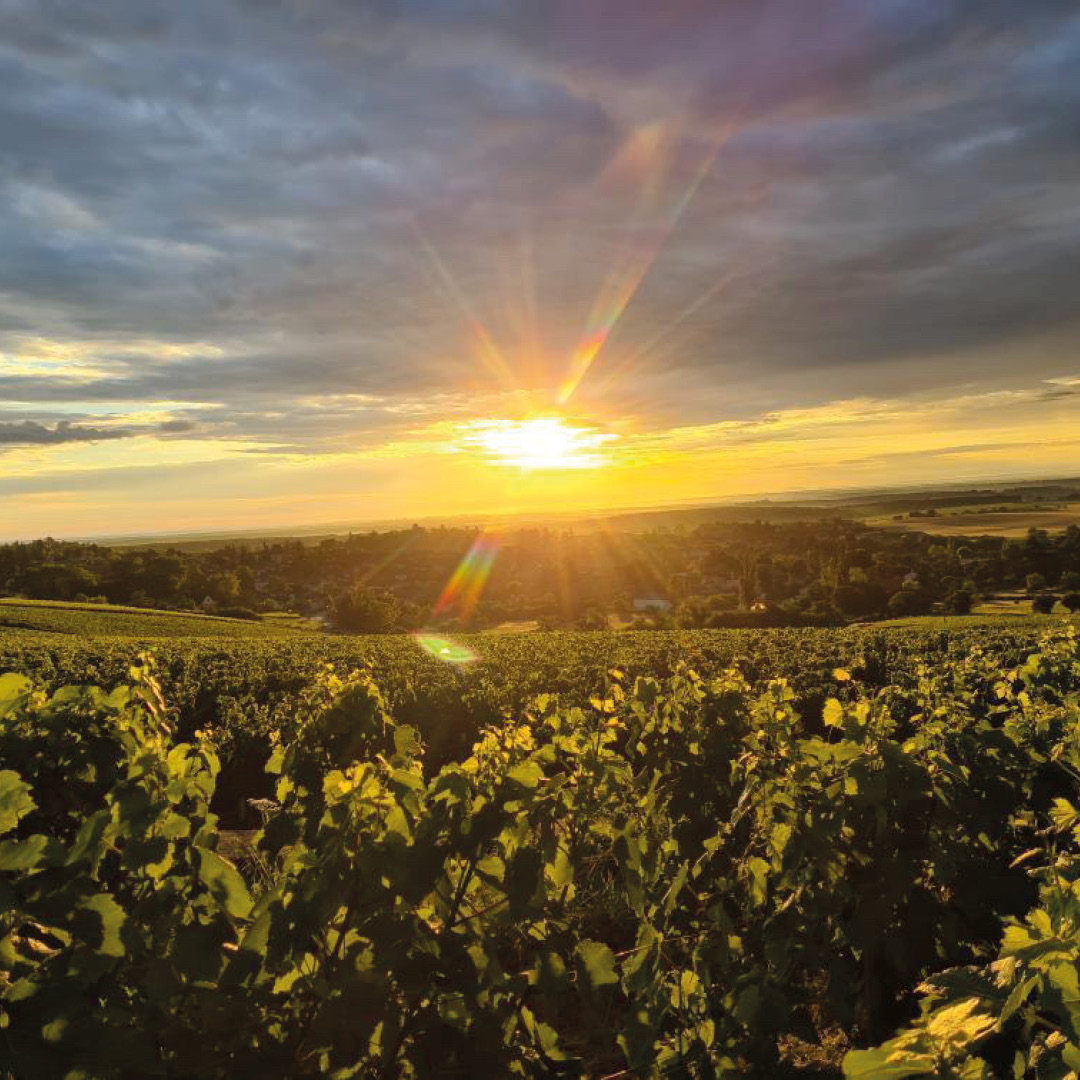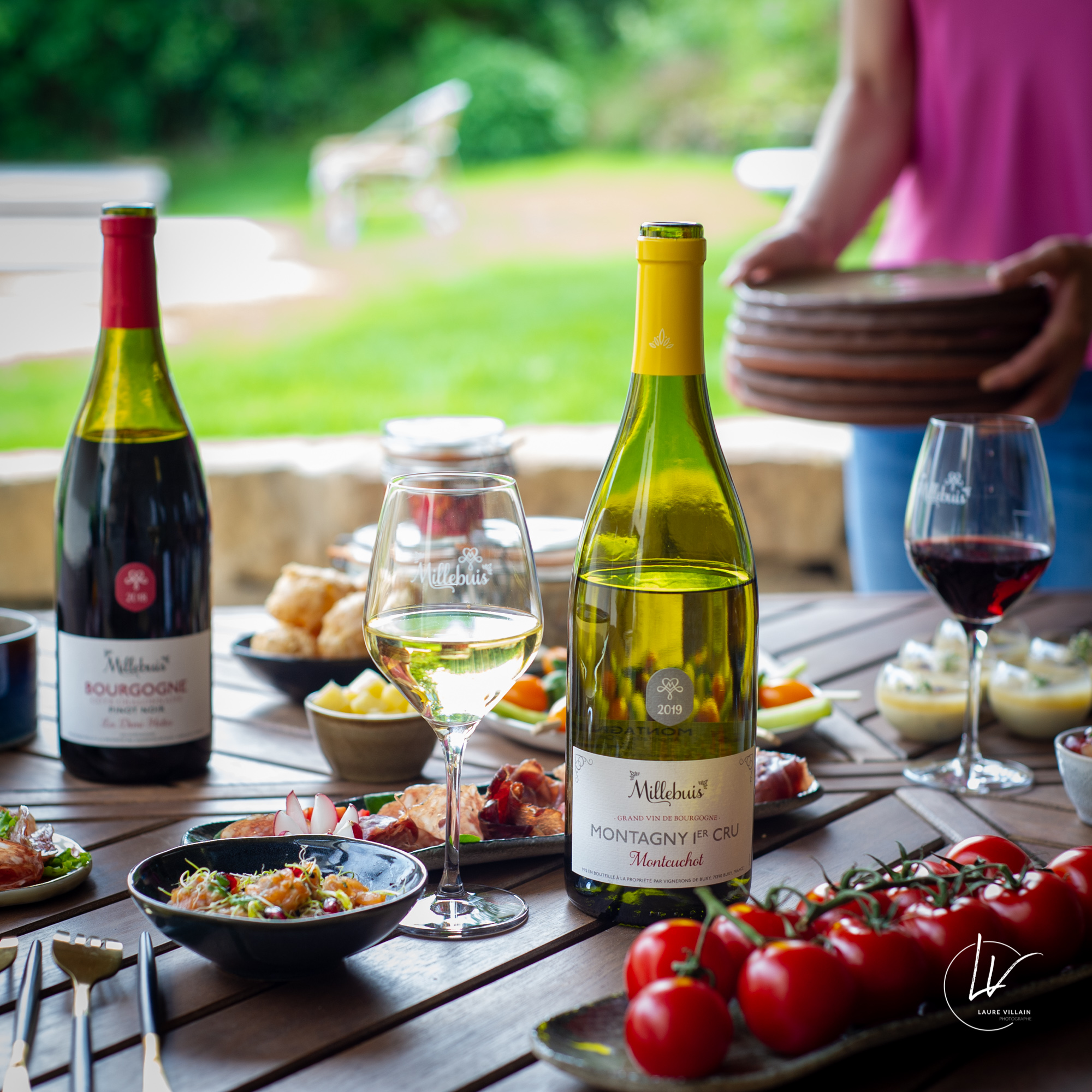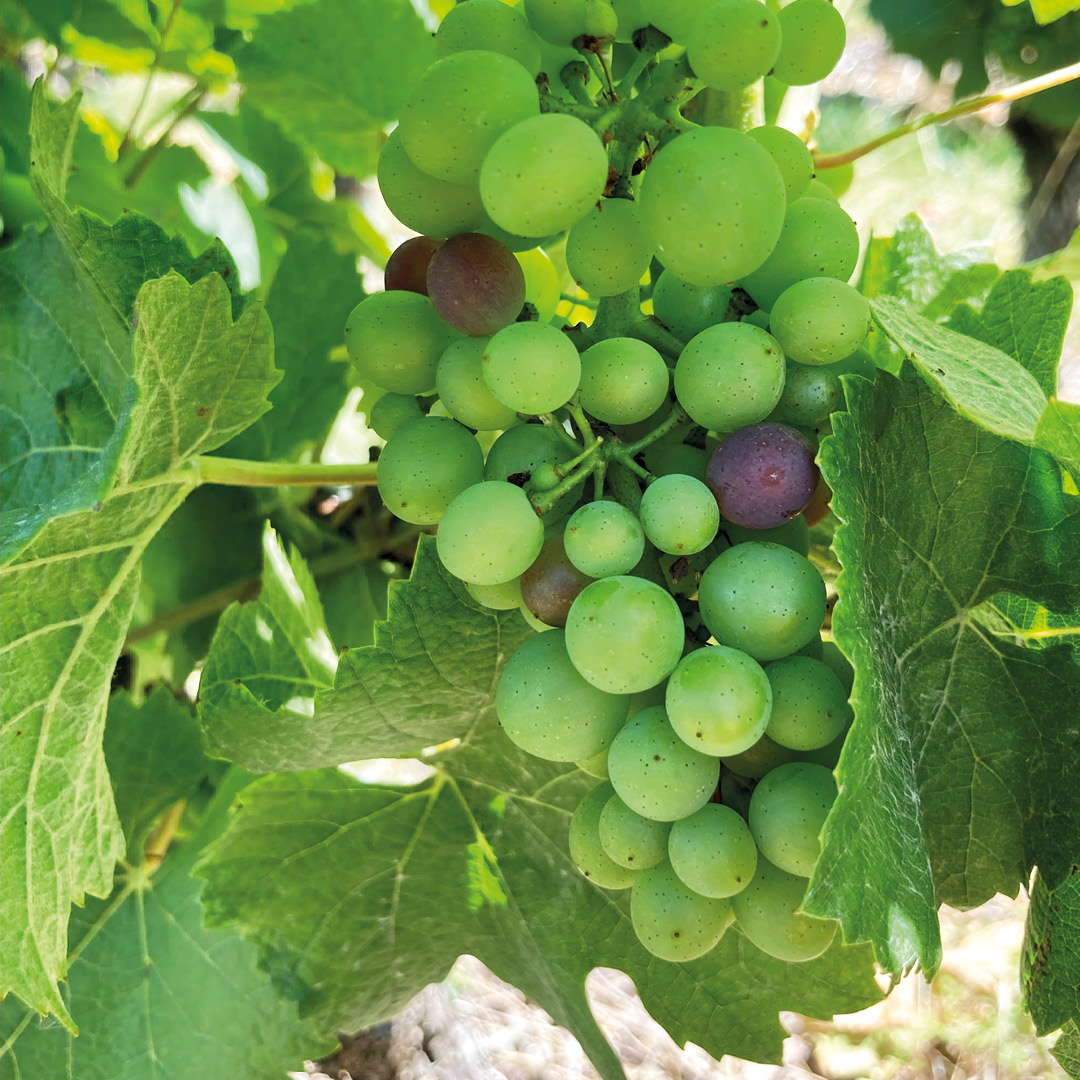The Côte Chalonnaise can be described as an organisation of small“vineyard islands” which are more or less separated from each other. It spreads north, from Chagny, where it meets the Côte de Beaune, to Saint-Gengoux-le-National in the south, thus touching the Mâconnais region. The total vineyard surface is about 4,000 hectares.
THE VILLAGES
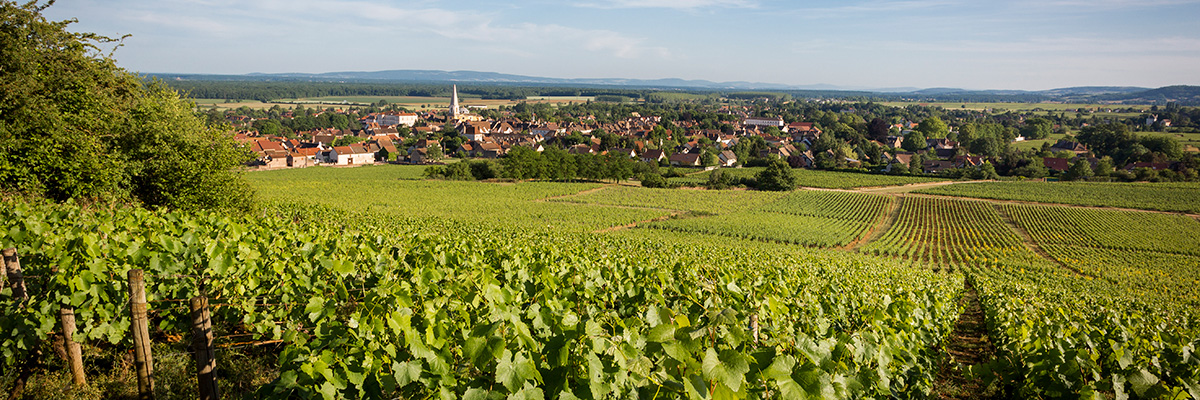
GIVRY
Vignoble de 309 hectares : 250 hectares en vins rouges (Pinot noir) et 59 hectares en vins blancs (Chardonnay). 165 hectares en Appellation Village (124 hectares en rouges et 41 hectares en blancs) et 144 hectares en Premier Cru (126 hectares en rouges et 18 hectares en blancs).
Givry is a place name that has the same origins as Gevrey. The oldest forms, which are Gibriacus (630) and Gebriacus (850), suggest the Gallo-Roman anthroponym “gabrius” from the Celtic “gabros” (goat) the suffix -acum indicates possession.
In the hilly Côte Chalonnaise landscape, the vines are planted on slopes of chalky-clay soil with limestone subsoil and facing south and southeast.
The vineyards of Givry spread across the communes of Givry, Jambles and Dracy-le-Fort.
Claude Courtépée and the winegrowers of the du village recount that King Henri IV chose this wine as his favourite.
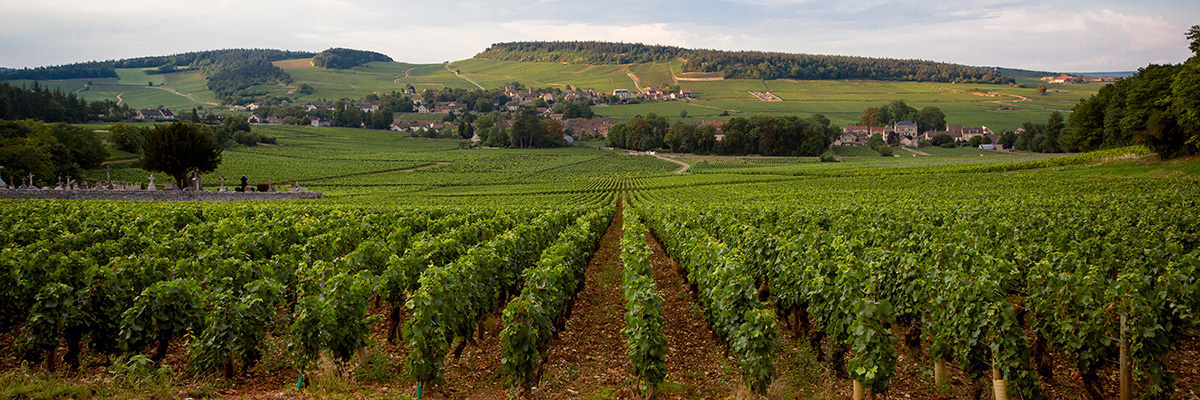
MERCUREY
Vignoble de 646 hectares : 530 hectares en vins rouges (Pinot noir) et 116 hectares en vins blancs (Chardonnay). 480 hectares en Appellation Village (385 hectares en rouges et 95 hectares en blancs) et 165 hectares en Premier Cru (145 hectares en rouges et 20 hectares en blancs).
Mercurey was named after Mercury, the god of commerce and messenger of the gods in Roman mythology. The village was successively spelled Mercureis in 577, Mercuriacum in 885, then Mercuriacus in 942 and Mercoriacus in the eleventhth century.
Spreading across the communes of Mercurey and Saint-Martin-sous-Montaigu, Mercurey is, without a doubt, the best known of the Côte Chalonnaise wines.
The village of Mercurey is well exposed to the midday sun, on a steep slope at the foot of a limestone ledge overlooking a transverse cut of the topography.
Le vin offre une teinte rouge rubis et évoque la framboise, la fraise, la cerise, un fruit croquant. L’âge lui donne des accents tirant sur le sous-bois, sur des arômes épicés de tabac et de fèves de cacao. En bouche, un vin entier, riche de corps et de fruits. Les tanins peuvent apporter quelquefois une fermeté minérale dans leur prime jeunesse. Jolie rondeur charnue à maturité.

MONTAGNY
Vignoble de 362 hectares, exclusivement en vins blancs (Chardonnay). 142 hectares en Appellation Village et 220 hectares en Premier Cru.
The production area spreads across the villages of Montagny-lès-Buxy, Buxy, Saint-Vallerin and Jully-lès-Buxy.
The “Montagny” appellation includes 49 Premier Cru “climats”. The best known within this group are: Montcuchot, Les Coères and Les Chaniots (or Chagnots). They are generally located in the intermediary zones of Montagny and often rise up to the top of the slopes.
Le Montagny, exclusivement blanc, se présente à l’œil sous les traits classiques du Chardonnay bourguignon : limpide, doré, discret à reflets verts, puis bouton d’or avec l’âge. Ses arômes habituels évoquent l’acacia, l’aubépine, le chèvrefeuille, la fleur de ronce, parfois la violette et la fougère. Sous un angle plus vif, il s’y ajoute la citronnelle et la pierre à fusil. La noisette, le miel n’étonnent pas, ni la pêche blanche, ni la poire. En bouche, un vin frais, jeune de caractère, fringant et aimable, riche en retours d’arômes épicés. La finesse du goût, la délicatesse s’accordent avec une charpente structurée et durable.
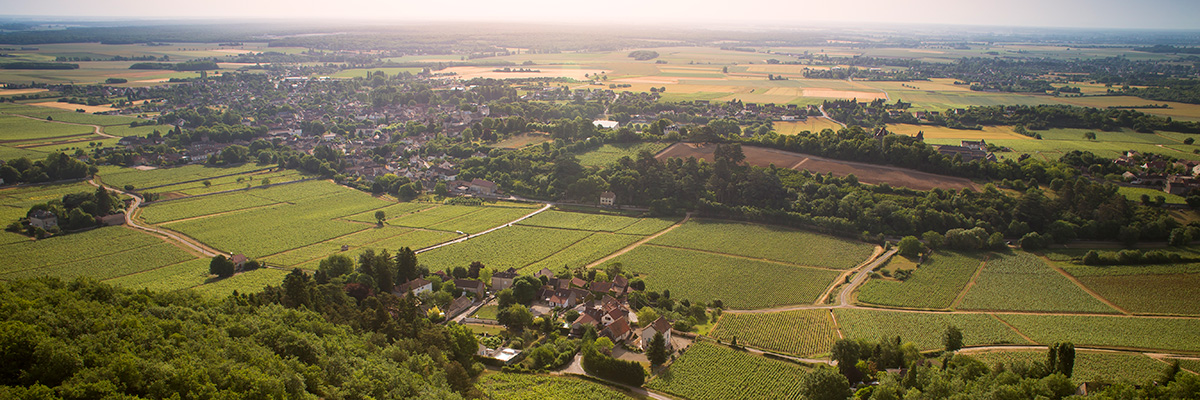
RULLY
Vignoble de 366 hectares : 248 hectares en vins blancs (Chardonnay) et 118 hectares en vins rouges (Pinot noir). 268 hectares en Appellation Village (178 hectares en blancs et 90 en rouges) et 98 hectares en Premier Cru (70 hectares en blancs et 28 hectares en rouges).
Un blanc renommé. Doré à reflets verts, bouton d’or plus soutenu avec l’âge, il excelle en arômes de “fleurs de haie” comme l’acacia, l’aubépine, le chèvrefeuille, un sureau très fin ou encore la violette, le citron, la pêche blanche ou le silex. Le temps fait naître le miel, le coing, les fruits secs. Au palais, il est fruité, d’un fruit vif et rond, gras et long : toute la fraîcheur et le poli du marbre.
The Rully Appellation is located in the communes of Rully and Chagny. The vineyards themselves form the outline of a bean.
Among the Burgundy wines from the Côte Chalonnaise terroir, we offer you the chance to taste red and white wines aged in oak barrels or vats. The distinctive feature of these appellations of controlled origin is that they offer a wide range of aromas with scents of black fruits, white flowers, dried fruits, citrus fruits, etc. The grapes or berries come from several grape varieties, mainly Aligoté, Pinot Noir, and Chardonnay. The Côte Chalonnaise produces great red wines that pair perfectly with Charolais meat (the village of Charolles is just a stone's throw away) and great white wines that will accompany local AOC goat cheeses and Bresse poultry, also raised nearby, on the other side of the Saône.
